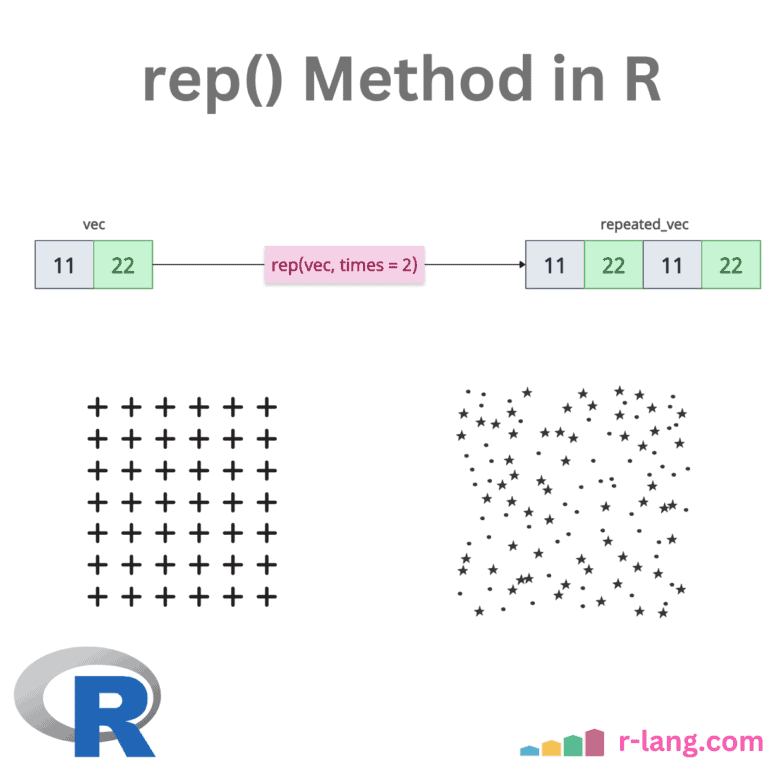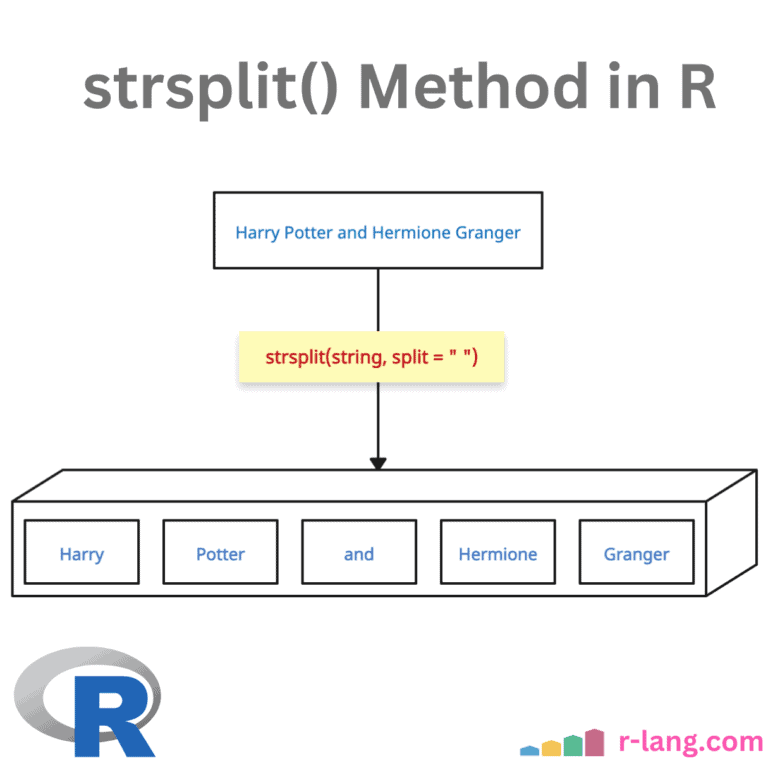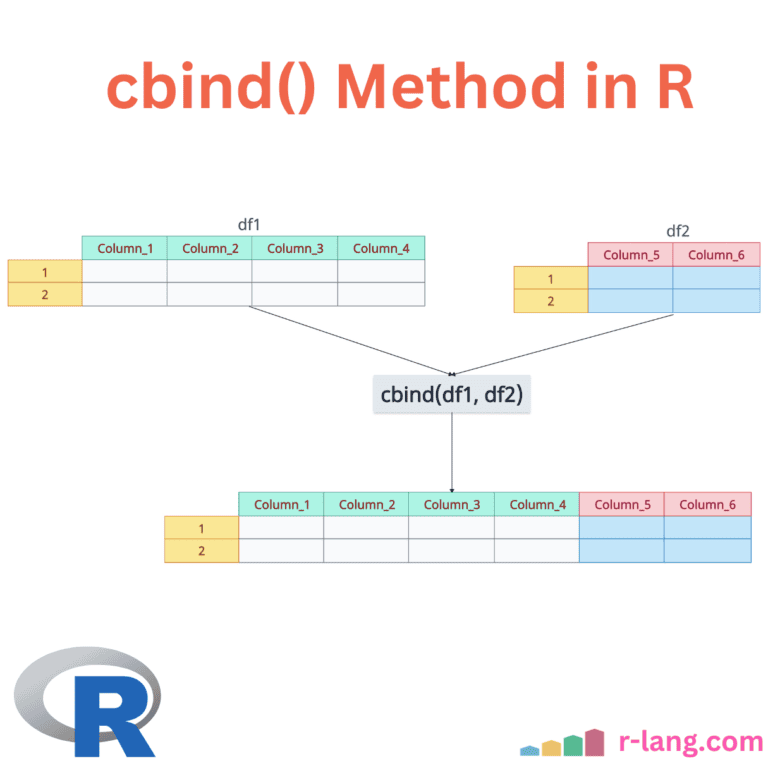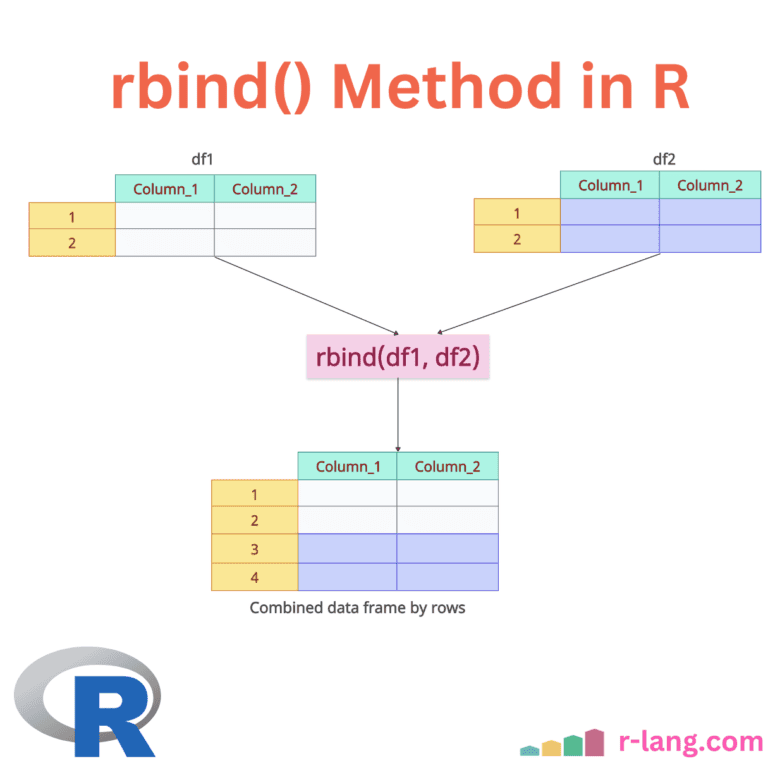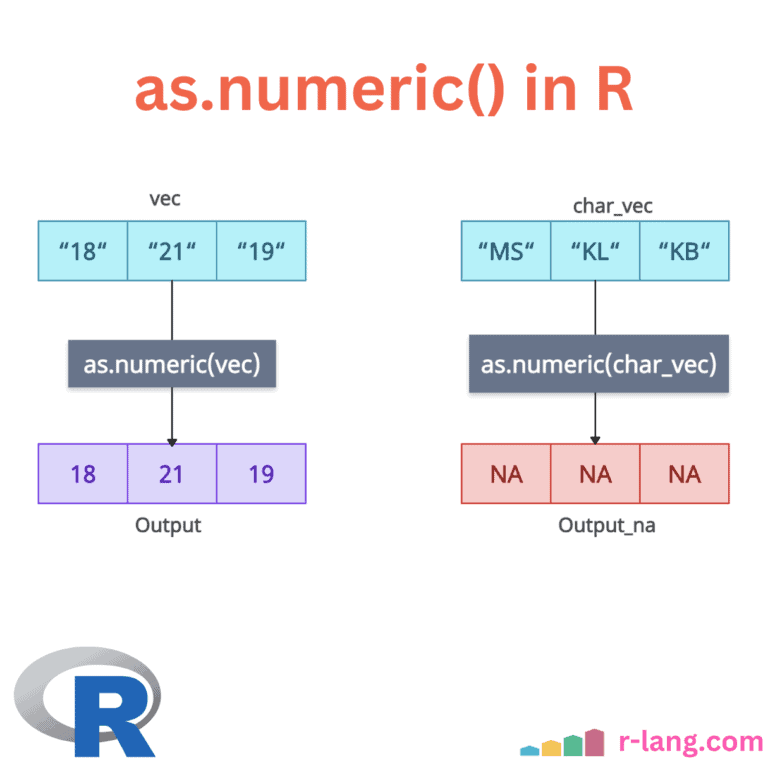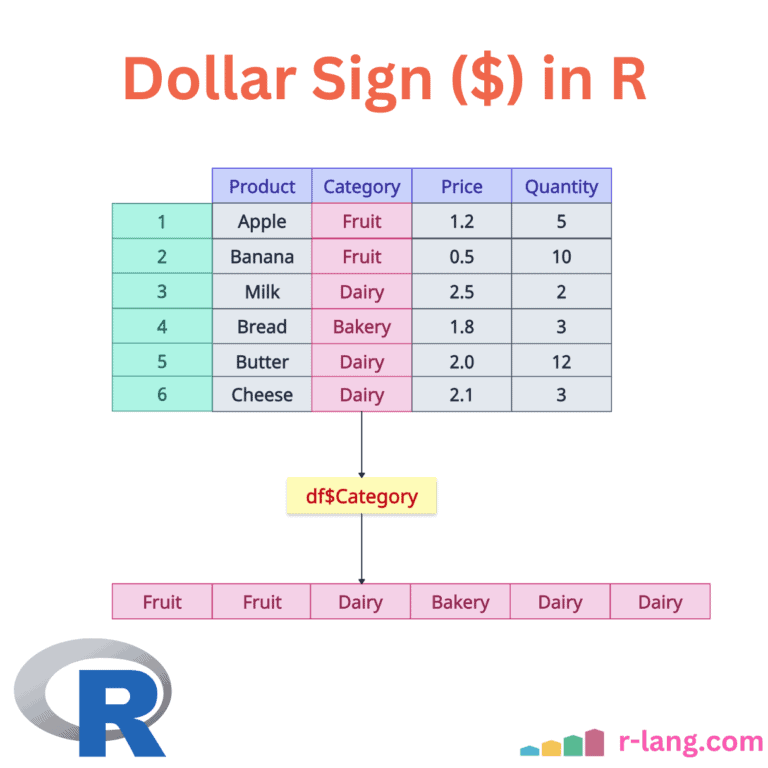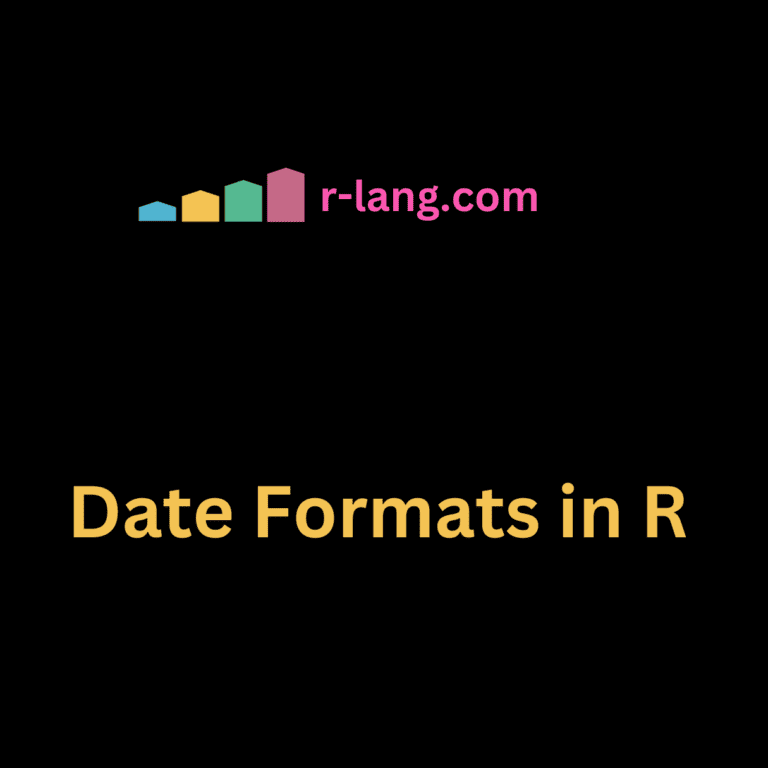R dnorm(): Probability Density Function
The dnorm() function in R calculates the value of the probability density function (pdf) of the normal distribution of a given value or vector of values. It determines the probability density of a continuous random variable following a normal distribution, characterized by a mean (μ) and standard deviation (σ). How do you define the normal … Read more


